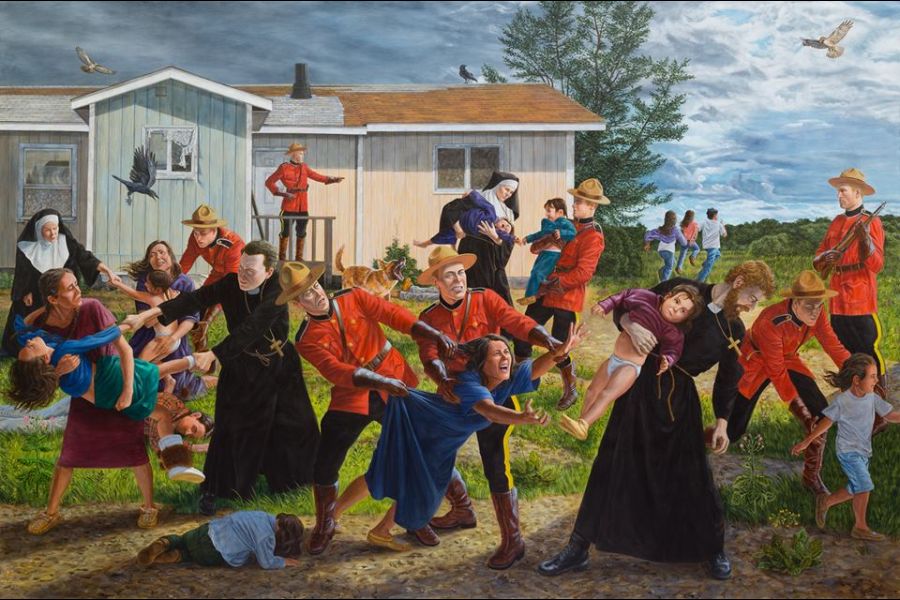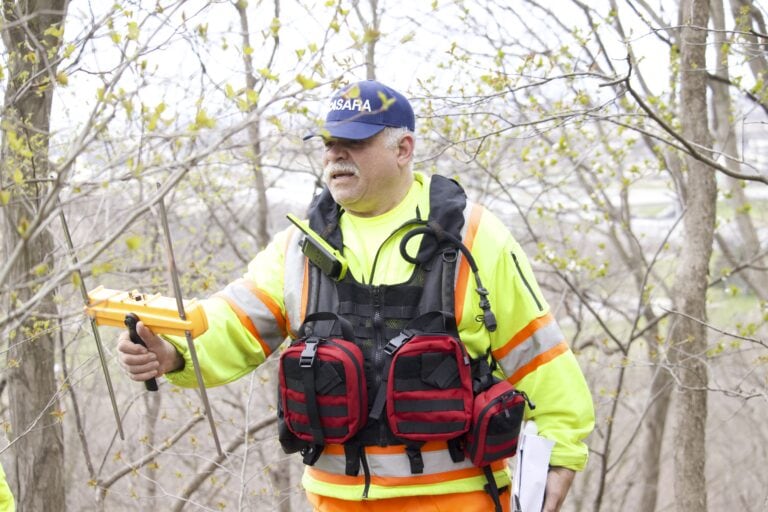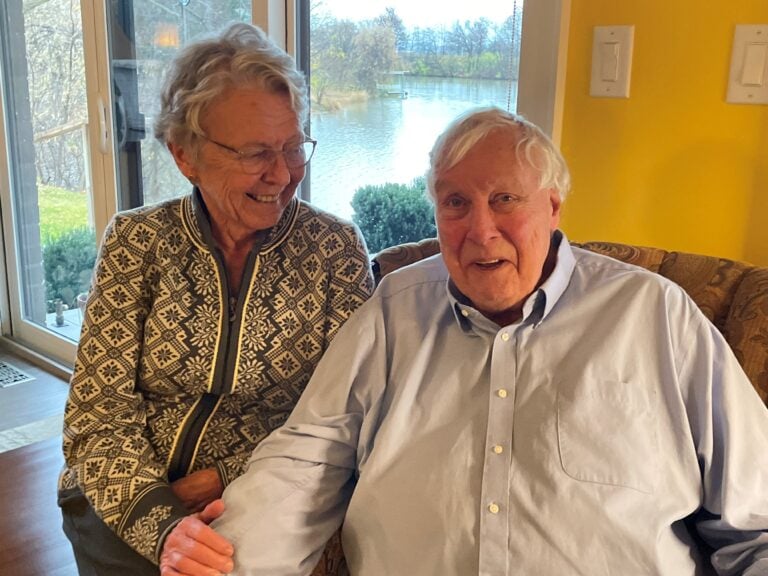Penny-Lynn Cookson
Special to The Lake Report
In the late 19th century, the Canadian government began a policy of aggressive assimilation of Indigenous peoples.
Prime Minister John A. Macdonald said, “Indian children should be withdrawn as much as possible from the parental influence and the only way to do that would be to put them in central training industrial schools where they will acquire the habits and modes of thought of white men.”
In the name of “education,” more than 150,000 First Nation, Inuit and Métis children were forcibly taken from their homes, families and communities and placed in Indian residential schools to learn Christian values.
As young as five, they were subjected to disdain, brutal beatings, rape, near starvation diets, lack of medical care, compassion or kindness. Forbidden to speak their native languages or see their families, they lived in fear, their spirits crushed.
I grew up in Saskatchewan where 15 per cent of the population is Indigenous. I was born and raised in Regina, originally Pile of Bones, named for the heaps of bison deliberately massacred in order to deny Indigenous people their major food source and a central focus of their way of life.
Summer holidays visiting the Qu’Appelle Valley with its reserve, chain of lakes and cottages, meant travelling through “the Fort” and a small hamlet called Lebret where 14 stations of the cross erected up a hill led to a small chapel shrine with a splendid view of Mission Lake and the valley.
To me it was magical. To the children below the hill in the Lebret Industrial Residential School, operated by the Roman Catholic Missionary Oblates of Mary Immaculate and the Grey Nuns, it was horrific.
At the time, I knew nothing of this federally funded school, which was in existence from 1884 until 1973, when it was signed over to the First Nations by the then-minister of Indian affairs, Jean Chrétien.
By 1998 it was officially closed. Static diorama displays of Indigenous culture at the Saskatchewan Museum of Natural History and glimpses into teepees during hot August days of the annual exhibition didn’t accord with the harsh reality in the back lanes off Railway Street in Regina.
This was the fallout of cultural genocide, a dichotomy familiar to Kent Monkman, the most important artist of our time in Canada and fast gaining international recognition.
Monkman was born in 1965 in St. Marys, Ont., to an Anglo Canadian mother and a Cree father. He is a member of the Fisher River Cree Nation in Manitoba and is now based in Toronto and Prince Edward County.
His provocative paintings, films, videos, photography, performance and installations address Canadian history through subversive themes of colonization, sexuality, loss and resilience.
“The Scream” is huge, 7 x 11 feet, in which young children are violently abducted from the hands of their screaming and resisting mothers by seven RCMP officers, two priests and two nuns.
One officer holds a rifle, another points to three fleeing pre-teens. A father lies motionless on the ground. These events were real, part of the so-called ‘60s Scoop.
In his work, Monkman reclaims and reinserts Indigenous voices into the collective memory of our country. At the core is his belief in the power of art to communicate narratives and histories.
Next week, I will look at two major paintings commissioned by the Metropolitan Museum in New York and now hanging in its Great Hall which challenge and reverse the colonial gaze.
Penny-Lynn Cookson is an art historian who taught at the University of Toronto for 10 years. She was also head of extension services at the Art Gallery of Ontario. Watch for her in conversation with Debra Antonic on June 24 on Zoom from the RiverBrink Art Museum. Upcoming lectures will be at the Pumphouse and at RiverBrink in the fall.










